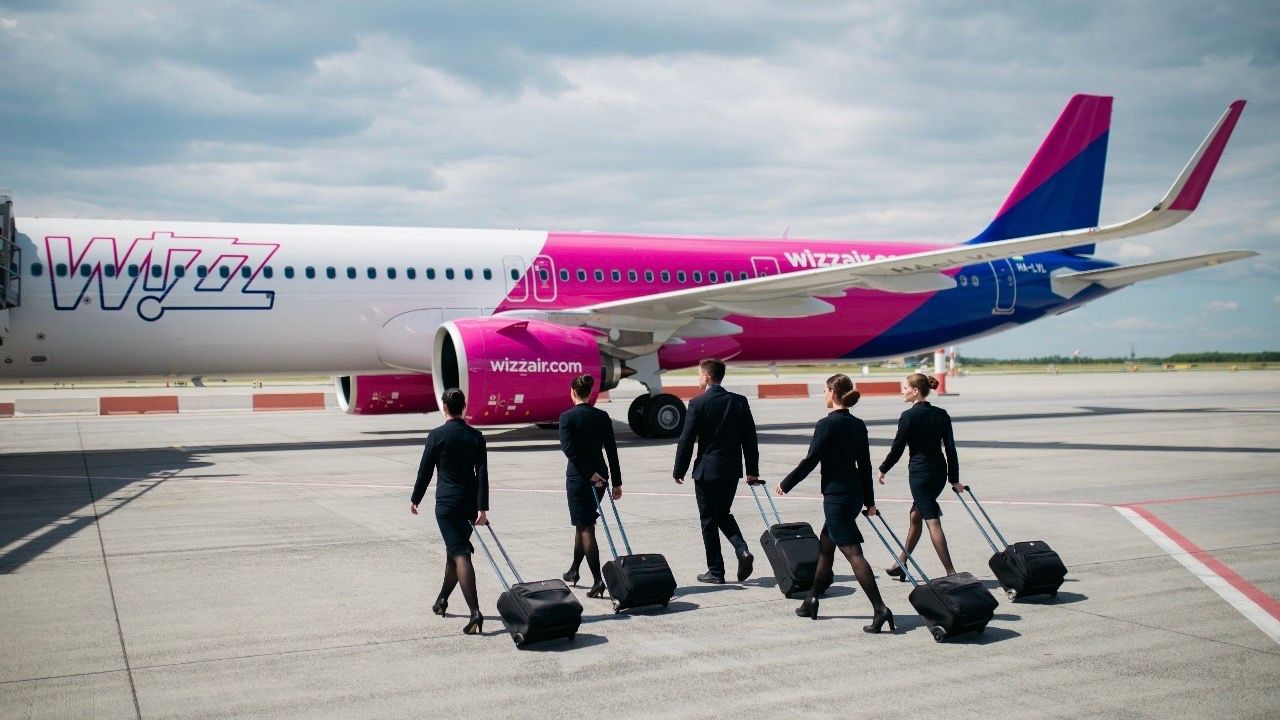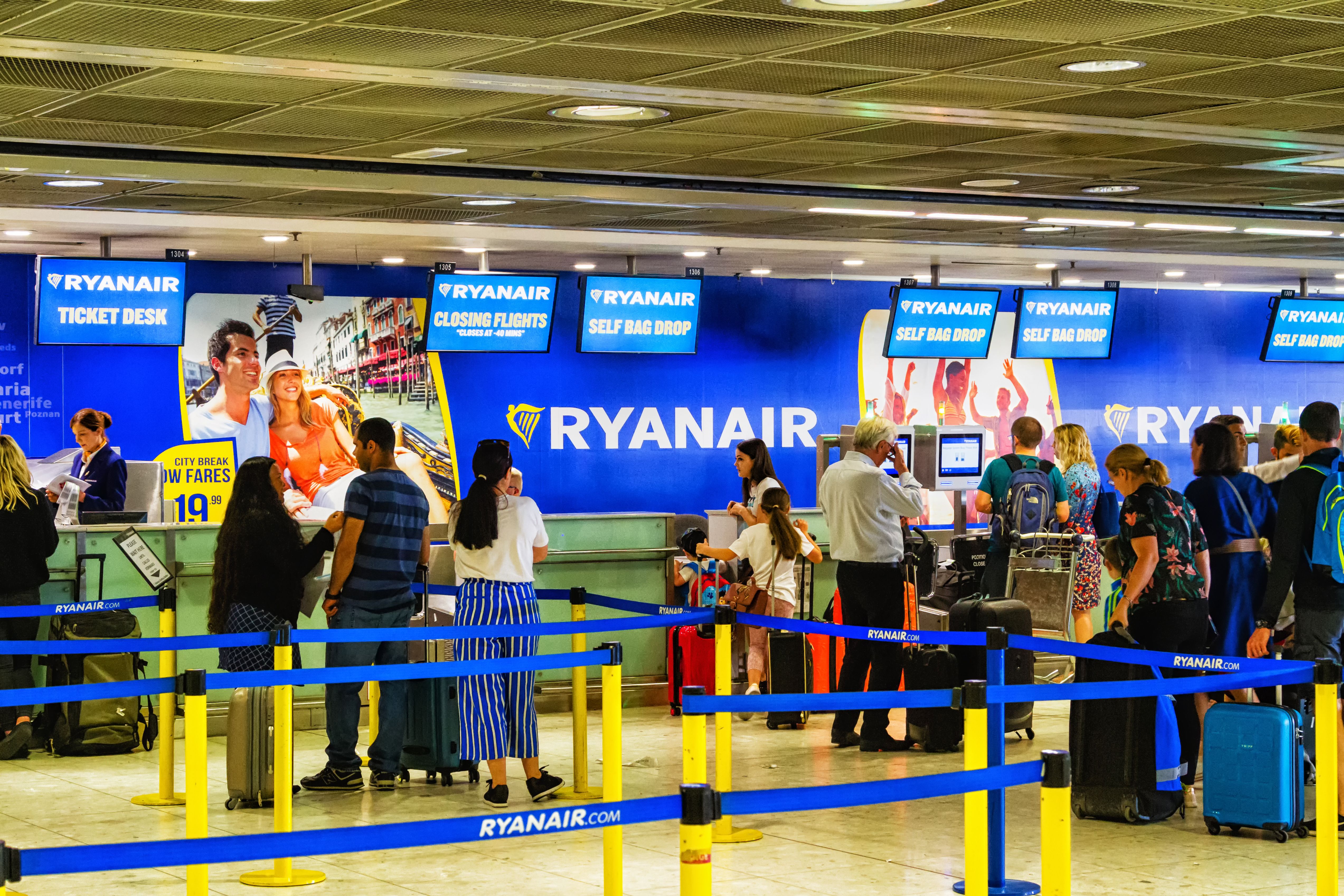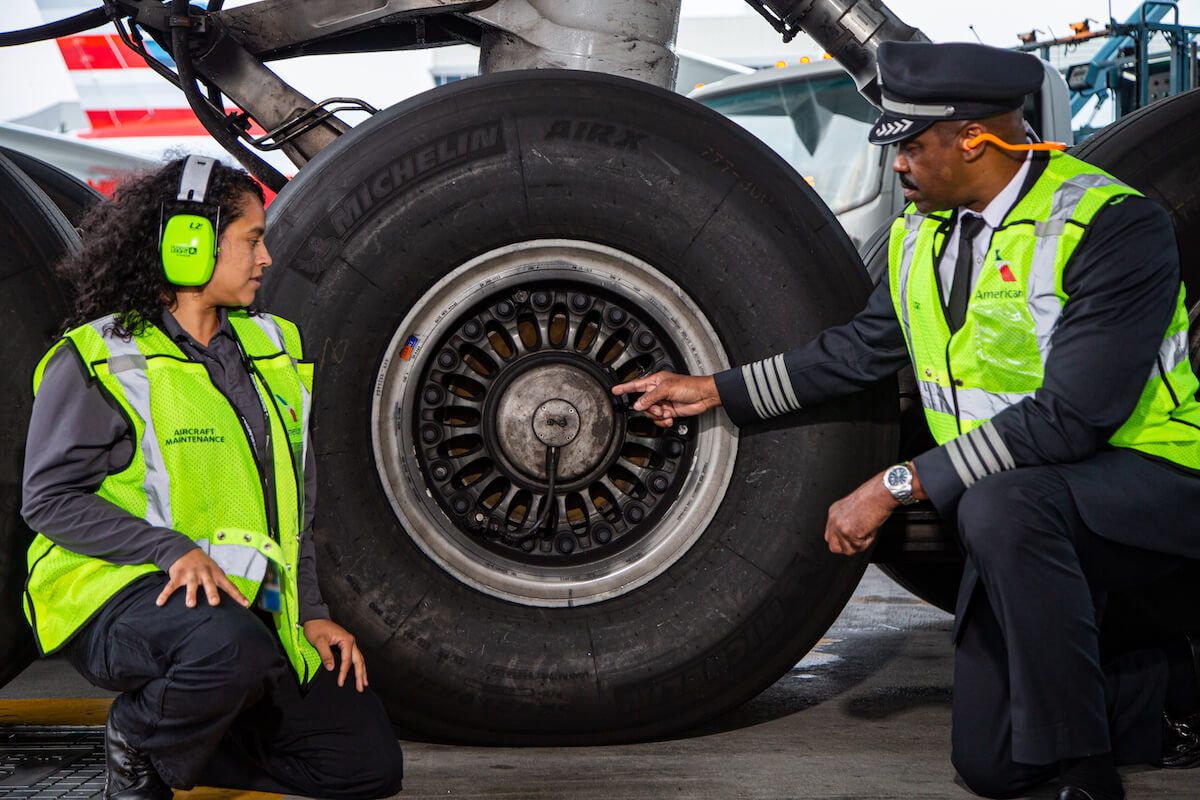Like with any other industry, staff shortages can severely impact the airline business. Transporting hundreds of thousands of passengers and kilograms of cargo each day requires a robust infrastructure and an army of people. From check-ins and boarding to ground personnel and flight crew, airlines rely on their staff to always show up right on time.
However, there are circumstances where staff shortages occur, and airlines must have a contingency plan. Depending on the cause of the shortage, the airline may or may not have total control over the situation. For example, at the peak of the global pandemic, industries worldwide were affected by staff shortages. Even during the recovery period, staff shortages were a prominent and worrying issue.
Airline staff shortages
AApart from routine vacations and sick leave, staff shortages can occur for many reasons, such as political instability, pilot strikes, Air Traffic Control (ATC) system challenges, government shutdowns, and so on. Such situations can severely impact flight schedules, particularly in the busy travel months.
Photo: Milosz Maslanka/Shutterstock
Prolonged staff shortages also impact airline revenues and profitability. Just last week, US low-cost carrier JetBlue stated that ATC staffing shortages are expected to impact Q3 revenues for the airline. JetBlue CEO Robin Hayes commented to Reuters,
“In the short to medium term, we have to reduce flights in very impacted airports because the system can’t cope with the number of flights today. We’re selling flights that we know we won’t be able to operate because of ATC challenges.”
The US government narrowly escaped a shutdown last week, which could have worsened the ATC staff shortage. Irrespective of whether the situation is in or outside their control, the airlines generally take responsibility in terms of accommodating passengers affected by any shortage. The airline remains responsible for the recruitment, training, and retention of its staff under at least normal circumstances.
Contingency planning
Airlines generally plan additional staff, particularly flight crew, to combat situations where flight schedules may be impacted. As such, airlines usually have replacement crew available at their bases and other busy airports. The availability of replacement staff also depends on the extent of operations the airline performs at a given location.
Photo: American Airlines
In remote or foreign locations where limited services are provided, an airline may struggle to find replacement crew in case the primary crew is unavailable. Fortunately, some staff, such as check-in agents and ground personnel, can be sourced through third-party companies at locations further afield.
Despite sufficient planning, extreme circumstances may limit the airline in finding replacement staff. Carriers must ensure that their own actions and policies do not result in staff shortages. For example, failure to provide sufficient training to the recruited staff or pilots may lead to shortages on the airline’s side. In such cases, passengers are certainly entitled to flight accommodations, including compensation for inconvenience.
What are your thoughts on the impact of staffing shortages on flight schedules? Have you faced a situation like this in recent times? Share your experience in the comments section.
Source: Canadian Transportation Agency



